 Quit complaining about gnats and mosquitoes. David Rivers, Ph.D., professor of biology at Loyola University Maryland, is here to remind us that no matter how much you may hate getting stung by a bee, your interaction with an insect could always be worse.
Quit complaining about gnats and mosquitoes. David Rivers, Ph.D., professor of biology at Loyola University Maryland, is here to remind us that no matter how much you may hate getting stung by a bee, your interaction with an insect could always be worse.
When Rivers co-authored a textbook, The Science of Forensic Entomology, published earlier this year, he included a chapter about insects that produce toxins that can kill people under certain circumstances.
Loyola magazine invited Rivers to introduce us to a few of the deadliest insects in the world, and he was happy to comply.
What makes an insect deadly?
“Insects can fall into two categories, one where the individual produces something that is so painful or so lethal that one individual insect is lethal to you. Most of those do not occur in North America, but a few do occur in South America,” Rivers says.
“Then there are those that produce a painful toxin that may indeed be lethal, but it’s when they attack as a group that they truly become deadly. In that regard, we do have some that are close by: There are two, and they are both ant species.”
Meet the insects
1. The Cow Killer
These aren’t as far from Loyola’s campus as you might like to think, since you can find them as close as the southern part of Maryland.
“When it’s just a few, it’s not lethal. But if the cow steps on any, a chemical signal in the venom gland, an alarm pheromone, is released that mobilizes the colony for group attack. There’s venom coming from the saliva, and then there’s a true venom gland, so they’ll sting you and bite you. So you’ll get a double dose.”
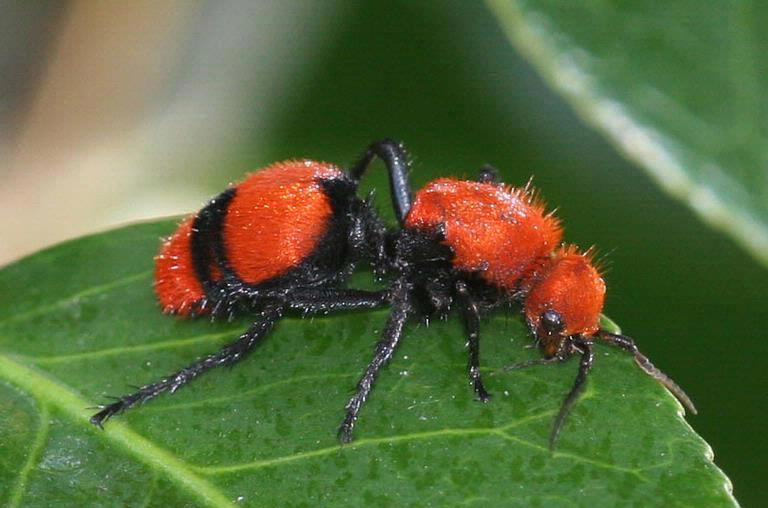
At that point a small child or a person with a suppressed immune system could be at risk.
2. The Red Imported Fire Ant
Known in the southwestern United States since the 1930s, red fire ants have been on a northern expansion which is projected to reach Maryland someday.
Although an individual fire ant cannot kill an individual, “they are known to be one of the most aggressive insects that exists,” Rivers says. “They will actually chase you. They’re among the top 10 threats to agriculture because they will destroy anything in their path.”
Fire ants form multiple satellite colonies very quickly, and if an animal knocks over their mound, “they’re coming to get you.”
Still not scared?
When the USDA tried to kill them in Florida flooding with fire hoses, the ants made a watertight ball with the queen in the middle, and it floated on the water.
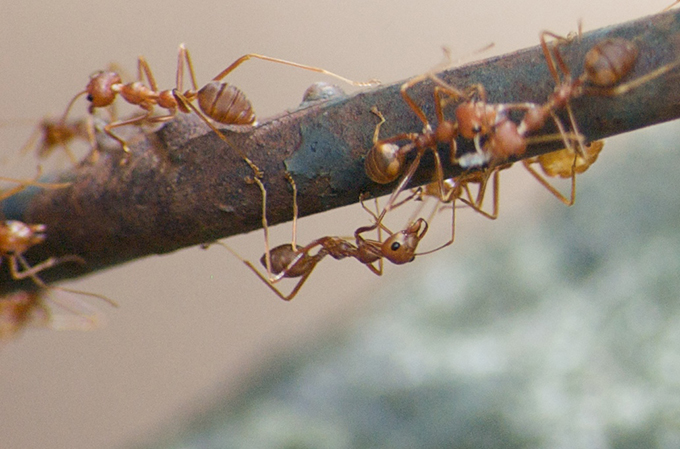
In Texas the ants were crawling into air conditioning vents of hospitals and biting into the patients’ IVs. Patients were dying and nurses and nursing assistants were accused of murdering patients. Some were even serving time in prison by the time the real cause was identified.
Pest control companies won’t even guarantee that they can get rid of them because nothing has been 100 percent effective in treating them.
“The only thing that will slow them down is winter, and that’s not even 100 percent effective,” Rivers says. “They have killed people—usually young people. And they are relentless.”
3. Blister Beetles
Blister beetles produce a compound called cantharidin, which is sometimes used for wart removal.
“It’s fantastic if a bird tries to eat the beetle because it can cause convulsions. But that’s not the reason humans have had an interest in it,” Rivers says.
People have been interested in the beetle since the 1800s because it (cantharidin, not the beetle, although they are quite attractive) is a purported aphrodisiac
What they didn’t realize was that the cantharidin was actually destroying the lining of their digestive tract. Externally the cantharidin might just cause a severe dermatitis reaction. But digesting the beetle could lead to death.
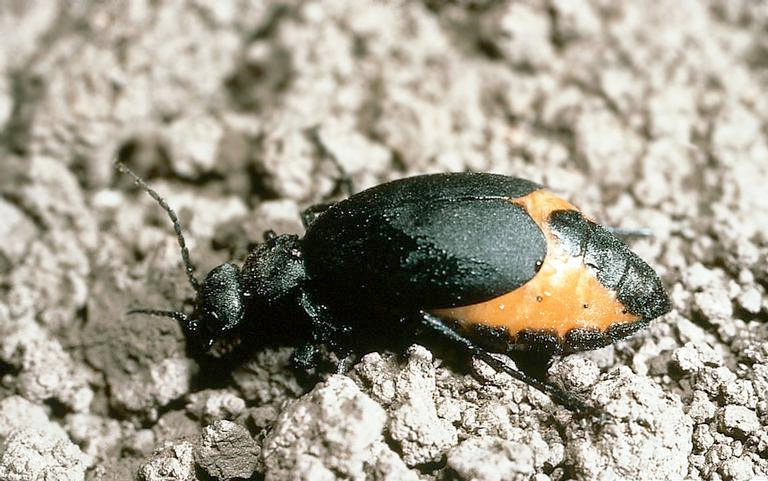
So instead of digesting them, people were licking the beetles for the cantharidin.
“Usually when I have this discussion with students, I tell them there was an all-girl band in the 1980s called the Go Gos. They started as a punk band and when they started, they couldn’t get any respect,” Rivers says. “So the way that they showed that they were tough, they would go and lick the toilets in the concert venue and then they would go
perform. If that’s how you’re going to prove you’re tough, licking a beetle might not seem like such a bad idea.”
4. Japanese Oriental Wasp
This wasp is typically 2 to 3 inches long.
“To think that a wasp can get that big is frightening enough,” Rivers says.
What makes it deadly is the fact that the wasps are extremely aggressive as a group.
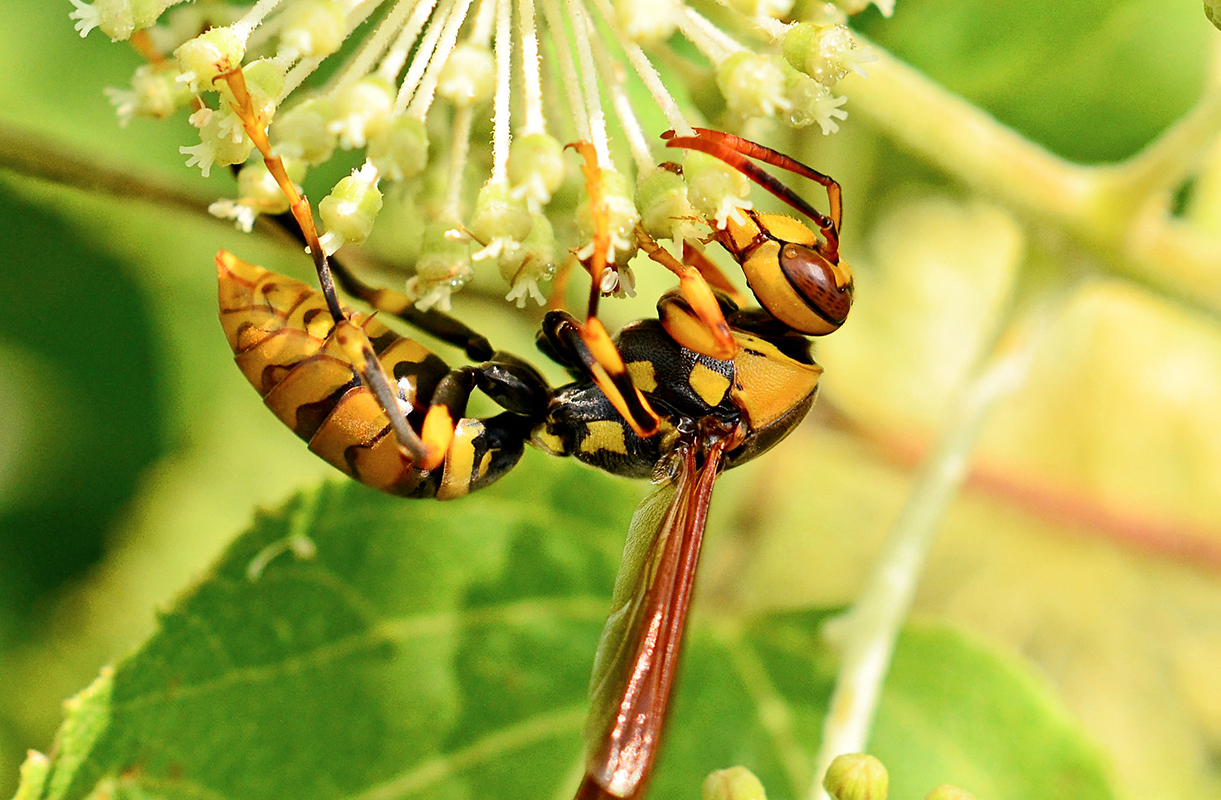
“It’s one of the most aggressive insects on the planet. Close to hundreds can sting you at a time, and they’re stinging you multiple times. Thus, the payload of venom delivered by the wasp to the victim is believed to exceed that of any other venomous animal. I hear the pain is one of the most excruciating that can be delivered.”
This wasp lives in remote locations, including some isolated islands associated with Japan, and the death rate is relatively high.
5. Black Widow Spider
The black widow is not an insect, but a very closely related cousin.
When Rivers found one of these in Oregon Ridge Park, just a few miles north of Loyola’s campus, he captured it and took it back to his office.
“I was feeding it house flies and it got to the point where she stopped eating and died,” he says. One of his former research students who works in pest control in Maryland has found them in people’s homes on more than one occasion.
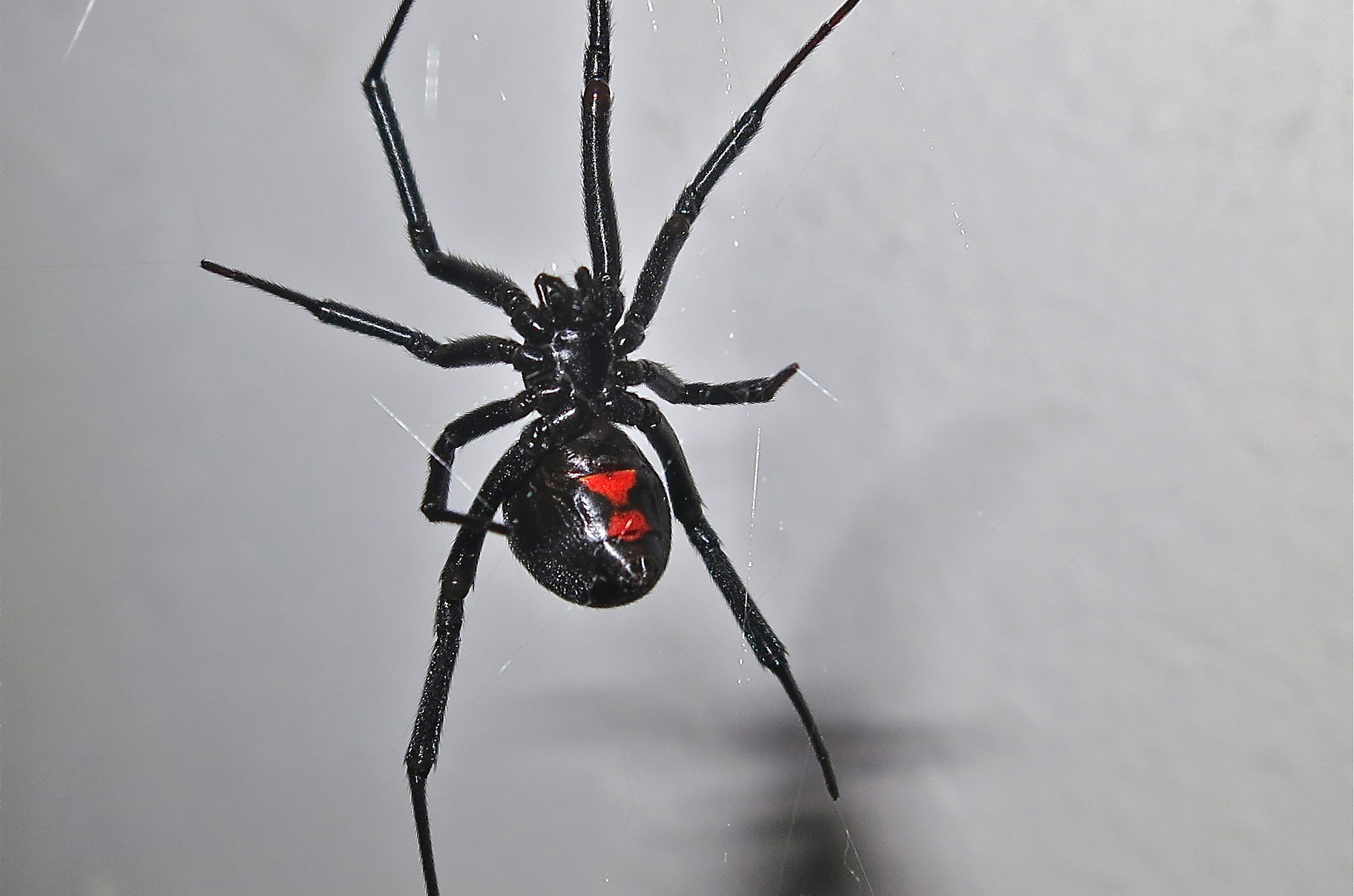
You probably won’t die from a bite from a Black Widow, but there’s nothing pleasant about the experience.
“I saw a special on National Geographic where a couple people said, ‘I wish I had died since it really hurt.’ One woman had lasting effects afterward. For weeks or months they were miserable, but no lasting effects after that. But if the toxin targets the nervous system, that’s where you could have long-term complications.”
6. The Monarch Caterpillar and Butterfly
“We never think of moth and butterfly larvae as being toxic,” Rivers says.
“One of the deadliest insects you’ll find in Maryland is one you never think of, and that’s the monarch butterfly. Its orange and black coloring is actually sending the message to stay away.”
The monarch caterpillar feeds on milkweed, which is toxic and can disrupt cardiac contractions.
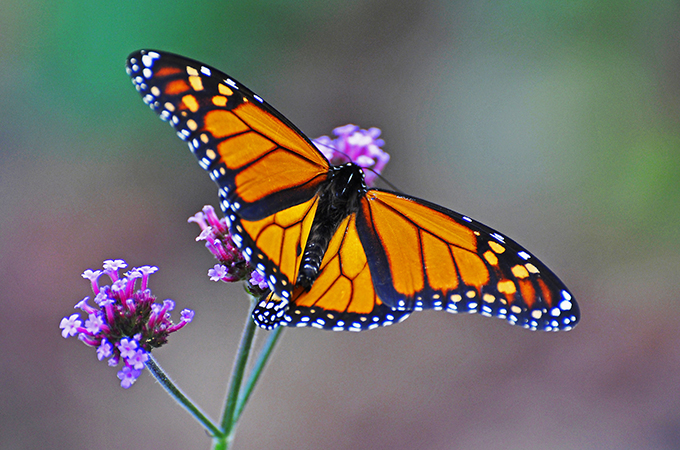
“Anything that would eat the caterpillar or the monarch butterfly is going to get intoxicated (a term not to be confused with inebriated). And they’re very lethal to humans,” Rivers says.
“The monarchs themselves are incredibly deadly, but no one ever thinks of them for that.
I guess that’s the result of most people not eating insects on a regular basis.
7. The Brown Recluse
Unfortunately these spiders do live in Maryland, where they tend to hide in damp basements… and sometimes they crawl into shoes or bedding.
“In fact, when I was in the National Guard for nine years, a friend of mine got bit by a brown recluse and had to be discharged from basic training,” Rivers says.
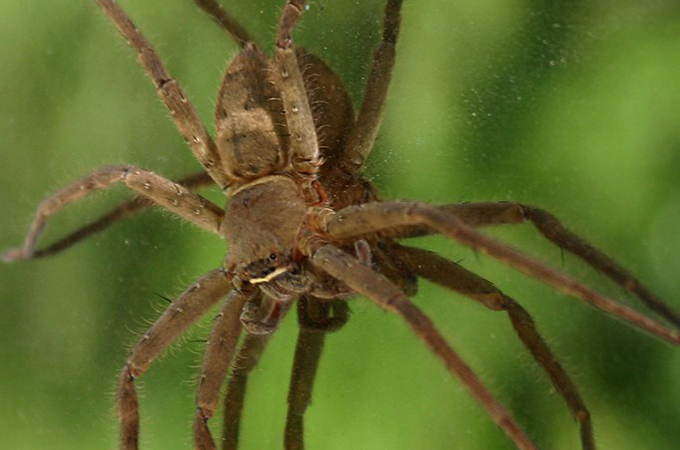
“They’re not uncommon. When they bite, sometimes you get lucky and nothing happens. If you’re unlucky, it can cause tissue death. The affected tissue may turn gangrenous and need to be removed.”